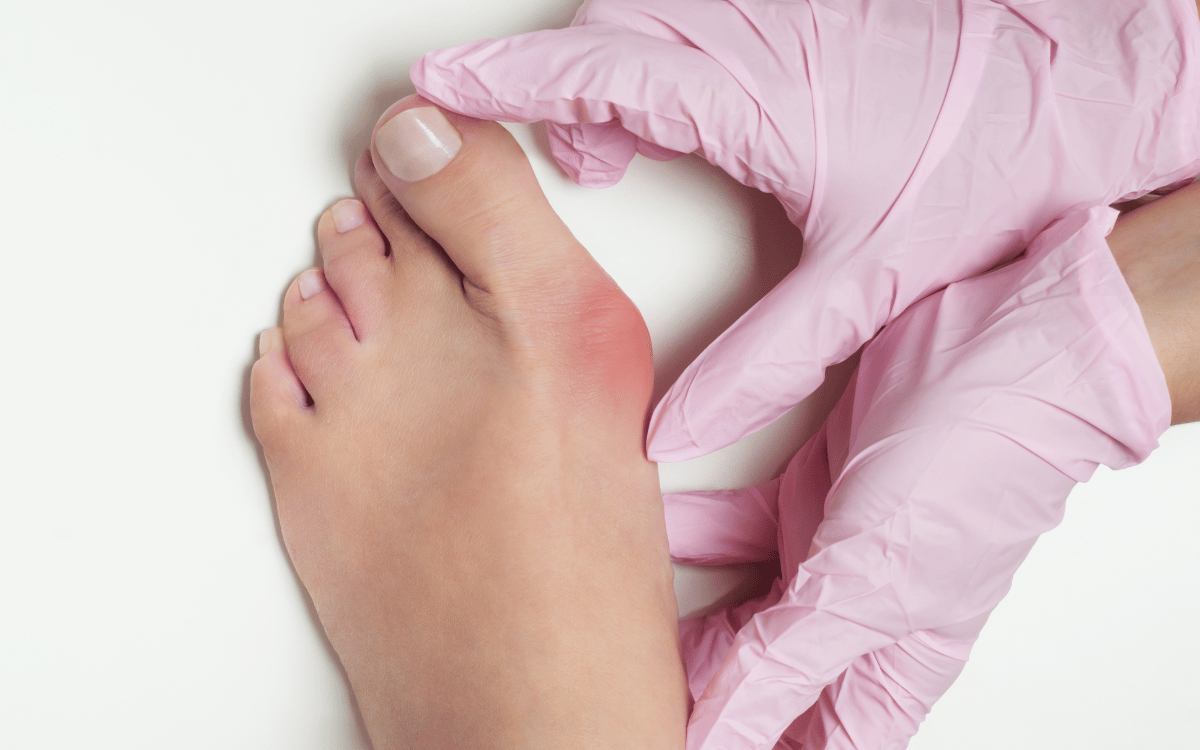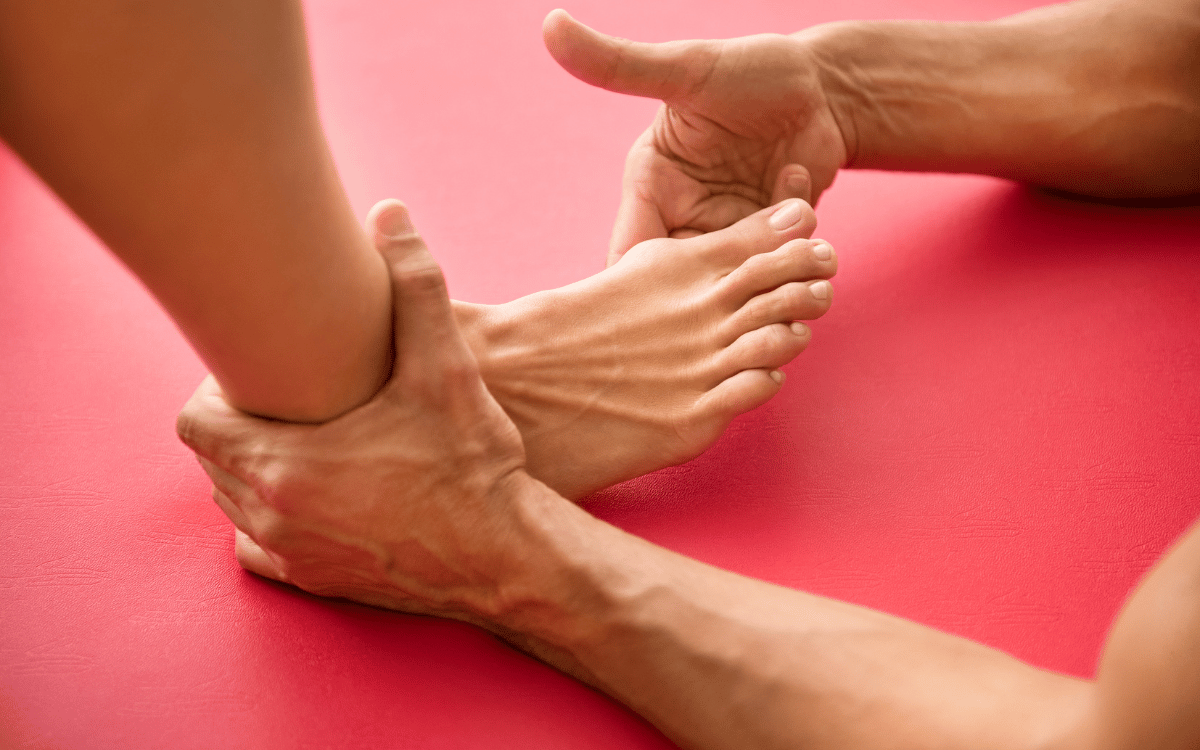It’s important to understand that foot problems are not caused by shoes. In the vast majority of foot pathology, the misalignment of the bones in the feet is the issue. Shoes can definitely exacerbate the problem, but they are not the cause.

We find that by addressing the misalignment in your feet, you expand your options when it comes to footwear. At Sydney Foot Solutions, we won’t restrict your shoe choice, because it’s all about addressing the underlying problem.
The Good Health Magazine article discussed common frustrations that women have with different types of footwear, yet the majority of the shoes mentioned in the article don’t accommodate orthotics. We are the only practice in NSW to offer an alternative to orthotics – foot mobilisation. The upside to foot mobilisation is that the treatment is intrinsic, so we don’t need to put a bulky external device in your shoes.
Many issues with women’s shoes relate to calf tightness. This is particularly evident when wearing heels and ballet flats. Heels cause the calves and tissue under the foot to tighten, so that when the wearer removes the heels they experience pain, particularly the next day. This can even lead to long-term injury, particularly when wearing a flatter shoe during exercise. Avoid this by performing stretches three times when you take your heels off, or if you’re too tired from dancing, then the morning after.
Alternatively, if ballet flats are causing pain, try stretching five times a day for three weeks. The calf muscle is usually the culprit, because if it’s tight, wearing a ballet flat or a flattish shoe will cause irritation by increasing the tension on the muscles on the bottom on your foot.
Stretching your calves (the back of the bottom part of your leg) is vital to foot function. They need to be flexible so you can move, jump or dance freely. Thirty per cent of flat feet are actually caused by the calves tightening, which can lead to a variety of foot issues.
How to stretch your calves
- Find a wall and place the palms of your hands on it at around shoulder height.
- Place one foot in front of the other so that toes are pointing in the same direction and your feet are parallel to each other. The back heel should touch the ground.
- For the first stretch, bend the front knee and keep your back knee straight.
- Hold for 30 seconds.
- For the second stretch, bend the back knee of back leg.
- Hold for 30 seconds.
- Repeat on opposite leg.

How Often?
Perform 4 times daily / Hold stretch for 30 seconds
Continue for 3 weeks. If there is not a significant improvement in symptoms, book an appointment.
If can’t wear the shoes you love, book an assessment and we can address the underlying cause. Just mention this blog at the time of booking and receive a complimentary assessment worth $95. Offer limited to the first 10 people to call.
Call (02) 8966 9300 now.



